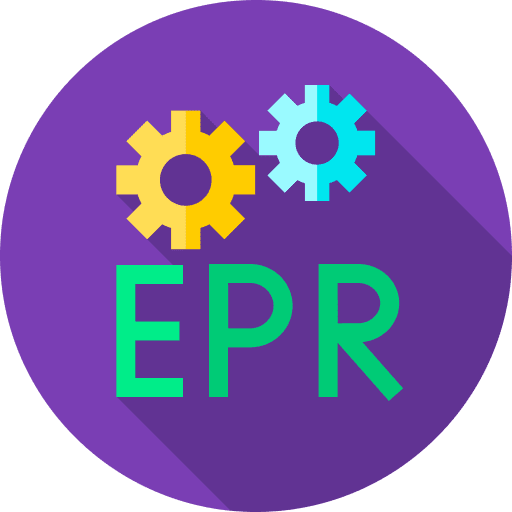Due to an increasing number of companies failing to collect their non-biodegradable packaging, the government plans to introduce an annual EPR fee. It will be helpful to fund the collection activities of the local government and funds for waste management.
Many countries charge different fees from the producers depending on their packaging and the EPR schemes they follow. There are various aspects of the fee collected by the government and why it is necessary.
Basic Fee Modulation Practises
- Fee for the composite and plastic packaging materials differ significantly. The plastic packaging materials have a higher cost than the paper, card, and glass metals used for the same purpose.
- The specific fee for a particular material, like for plastic the cost may differ depending on the type:
- PET and HDPE: A commonly used plastic packaging material is strong, durable, lightweight, and impact resistant.
- Expanded Polystyrene: It is a white foam plastic material derived from solid beads of polystyrene.
- Bioplastics: The plastic made using agricultural byproducts and from used plastic with the help of microorganisms. Other products used for bioplastics are vegetable fats and oils, straw, cornstarch, woodchips, recycled food waste, and sawdust.
- Plastic Bags: It is a common form of packaging and made of nonwoven plastic and plastic textiles.
There is a comparatively lower fee for bioplastic than any other because it is derived by using natural products and is less hazardous for the environment.
- There is a specific fee for beverage cartons depending on the material, composite paper, card, plastic, or aluminum foil. In the majority of countries, the beverage carton fee is lower than the available plastic.
- In some places, the fee applies only to the one-way or single-use packaging materials, not the reusable ones.
- There is a Pay As You Throw Scheme introduced by the governments of different places that work locally. Here, the households are charged a fee for the amount of waste they generate, which facilitates households to collect and sort their waste.
- The landfill taxes often drive the waste away from landfills towards alternatives like composting, reuse, and recycling. Many countries that ban post-consumer plastic waste have seen growth in energy recovery rates.
What are the benefits of EPR Fees?
- It has created a separate collection scheme for particular wastes, which has increased the recycling rates of the materials and reduced disposal.
- The burden on public budgets decreases as waste management shifts from public authorities and municipalities to the manufacturers.
- The fee forces the producers to look for cost efficiency in the initial stages of production. The producers will use less hazardous substances due to the taxes and fees they have to pay in return.
- The production of high-quality waste materials leads to the production of high quality secondary raw material. It will support the development of markets and promote less use of depleting natural resources.
EPR fee will force the manufacturers to dispose of the products they introduce in the market. It will help the government to fund local bodies and panchayat and promote waste management at local levels.




